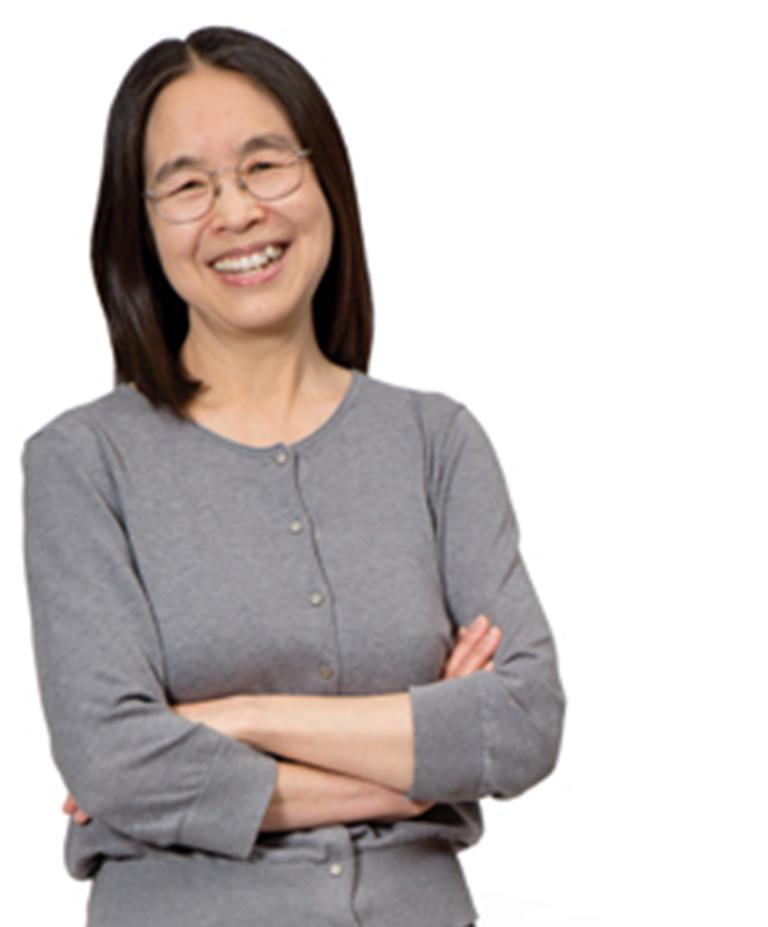5 Questions with a Geneticist
A conversation with Chao-Ting Wu
- 2 minute read
- Interview
Chao-Ting Wu, professor, Department of Genetics in the Blavatnik Institute at HMS

Chao-Ting Wu, professor, Department of Genetics in the Blavatnik Institute at HMS
What drew you to study genetics?
I was drawn to math when I was very young. I liked the exquisiteness, even the open-endedness, of the answers. Genetics is similar. It is elegant and open-ended and, like math, it’s about patterns and the consequences of those patterns. Genetics allows us to use patterns to piece together our species’ greatest puzzles. It can also be surprising, throwing in paradigms that we could not have guessed.
Has your research using Oligopaints affected how we understand genetics?
I think it has. I started off as a traditional geneticist, doing crosses, looking at phenotypes, and deducing from what I saw what was happening to the genome. It soon became clear that the positioning of genes in the genome and the way the genome is packaged could have a great impact on how genes function. My lab is now using fluorescently labeled, single-stranded DNA oligonucleotide probes, which we call Oligopaints, to directly visualize the genome. Excitingly, the technologies we have developed are revealing genome organization with unprecedented ease and resolution.
You’re moving into areas that are relevant to space travel. Why?
There is great interest in finding ways for humans to survive the onslaught of cosmic ionizing radiation, a problem associated with long-term space travel. During space flight, astronauts can be exposed to levels of ionizing radiation that are hundreds or more times greater than those they receive on Earth, and those exposure levels will increase the farther we travel. To begin to address this issue, my lab studies ultraconserved elements, which are mysterious sequences in the genome. We have proposed that these elements may help maintain genome integrity by combating ionizing radiation’s ability to create breaks in and thus to rearrange parts of the genome. In particular, we have evidence that these elements may be involved in a natural process that culls from our body those cells that have acquired deleterious breaks in their genetic material.
What do you hope to accomplish through this research?
In addition to our work on ultraconserved elements, I am interested in understanding how the biology of plants and animals responds to the absence of gravity and then applying that knowledge to make it safer for humans and other organisms to live in space. For example, my group will be using Oligopaints to visualize the effects that being in outer space may have on the genome. Ultimately, how we survive in space is going to depend to a great extent on our genome.
What are some of the more rewarding aspects of your research?
One of the more rewarding aspects of doing any research is making discoveries. Indeed, for me, research is more than being correct; it’s about learning something new, even if mistakes are made along the way. When I was a student, I thought there was nothing more exciting than carrying out an experiment that would lead to new insights. But now, watching my students, postdocs, and assistants make discoveries—well, that is far more rewarding.
Image: John Soares